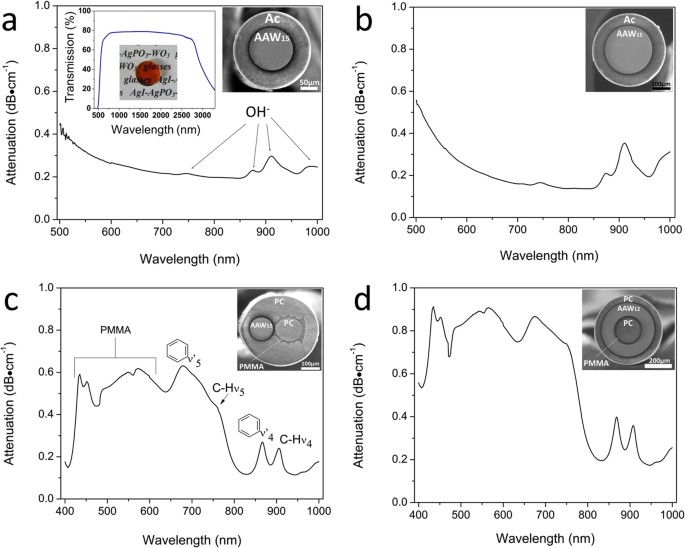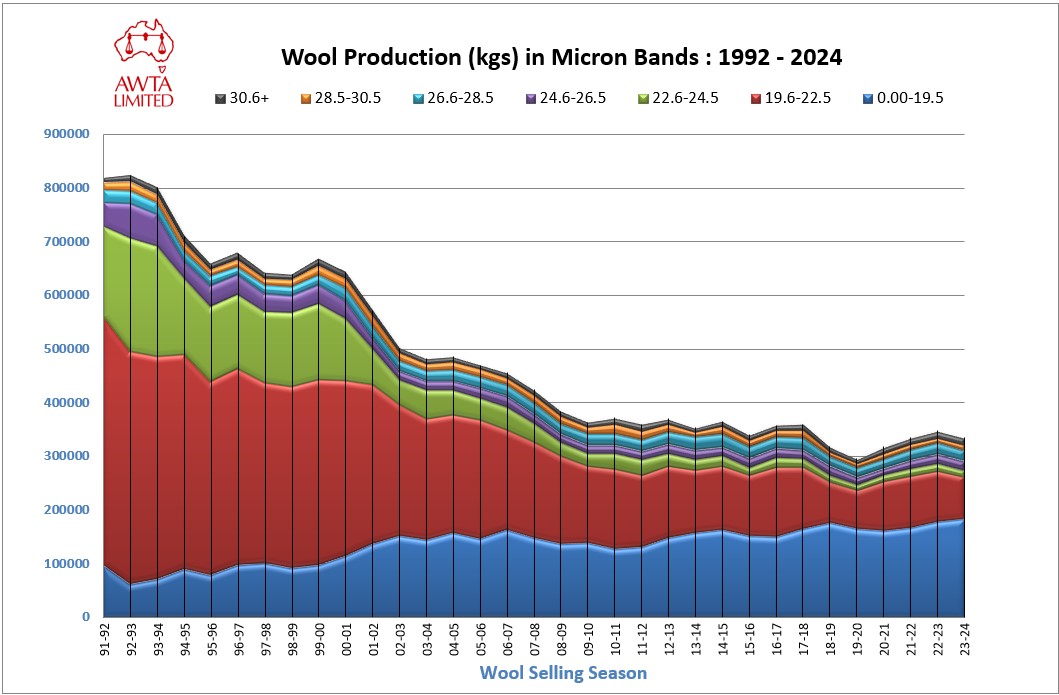Optimize Your Fibre Optic Efficiency: Comprehending Optical Fibre Diameter Analyser Modern Technology
The efficiency of fibre optic systems is critically influenced by the precision of their diameter, a factor often neglected in the search of optimal signal honesty. Comprehending the technology behind optical fibre size analysers exposes the detailed equilibrium between dimension accuracy and production top quality.
Value of Optical Fiber Size
The size of optical fiber plays a critical function in identifying the efficiency and efficiency of communication systems. It influences several essential specifications, consisting of the mode of light propagation, attenuation, and bandwidth capability. Larger sizes usually enable several light settings, assisting in higher data transmission rates. On the other hand, smaller sized sizes often tend to support less modes, which can improve signal clarity and decrease crosstalk.

In addition, recognizing the diameter's ramifications can bring about set you back savings by minimizing the need for signal boosting and repeaters in considerable networks (optical fibre diameter analyser). In conclusion, the value of optical fiber diameter can not be overstated, as it directly affects the general effectiveness and integrity of modern-day communication systems

Just How Size Impacts Signal Quality
Signal top quality in optical fibre systems hinges substantially on the size of the fibre. The diameter influences a number of key parameters, including attenuation, transmission capacity, and modal diffusion. A smaller diameter can lead to greater depletion rates, leading to signal loss as light travels with the fibre. This attenuation can endanger the integrity of the transmitted information, bring about a decrease in signal top quality, particularly over cross countries.
Conversely, larger diameters normally allow for enhanced light capture and reduced modal dispersion, improving signal quality. In multimode fibers, a bigger core diameter can support several light settings, however it might likewise introduce intermodal diffusion, which can weaken signal quality. For that reason, choosing the ideal fibre size is essential for attaining the wanted efficiency in specific applications.
Moreover, the communication between the fiber size and the wavelength of the light used plays an essential role in figuring out the effective transmission range and general signal integrity. Recognizing just how fibre size affects signal quality is vital for network developers and engineers aiming to maximize optical fibre systems for dependable, high-speed data transmission.
Review of Size Analyser Innovation
In numerous optical fibre manufacturing procedures, exact dimension of fibre size is necessary for ensuring consistent performance and top quality (optical fibre diameter analyser). Diameter analysers are innovative tools developed to analyze the physical measurements of optical fibres with high precision. They use advanced optical and laser innovations to determine the size, ovality, and concentricity of the fiber, therefore supplying critical data for quality assurance
These analysers can run in-line throughout the manufacturing process or as component of off-line testing methods. In-line systems make it possible for real-time tracking, allowing makers to adjust parameters immediately, thus preserving ideal manufacturing problems. Off-line analysers, on the various other hand, offer detailed examinations of sets, guaranteeing that any kind of variances from defined tolerances are identified and resolved.
Diameter analysers substantially add to the decrease of problems in optical fibres, enhancing total product integrity. By continually gauging essential parameters, these technologies assist in conformity with sector requirements and specs. As the demand for official statement high-performance optical fibres proceeds to climb, the function of size analysers becomes progressively vital in achieving the preferred top quality and efficiency requirements in fibre optic systems.
Key Attributes of Fiber Diameter Analysers
Although numerous models of fibre size analysers exist, they generally share several essential functions that enhance their functionality and integrity. Among one of the most considerable attributes is high-resolution dimension capabilities, which make sure accurate size readings, vital for preserving quality control in find more fibre manufacturing. Furthermore, several analysers include innovative optical sensing units made to detect minute variants in fibre size, thus supplying vital data for process optimization.
One more essential feature is real-time tracking, allowing operators to get immediate responses on fibre size throughout the manufacturing process (optical fibre diameter analyser). This capability assists in quick adjustments and decreases the probability of flaws. Several analysers additionally come equipped with easy to use interfaces, enabling drivers to conveniently browse through data and settings outcomes
Furthermore, robust information storage and analysis capabilities are necessary for tracking historic efficiency fads and making certain compliance with market standards. Some versions also use connectivity options for assimilation into existing manufacturing control systems, boosting general functional efficiency. Compact and mobile styles allow for flexible deployment within production environments, ensuring that top quality assurance procedures are seamless and effective. These functions jointly contribute to the efficacy of fibre diameter analysers in maximizing fibre optic efficiency.
Best Practices for Fiber Optimization

First, routine calibration of optical fibre diameter analysers is vital. This ensures accurate dimensions and minimizes possible disparities that could influence performance. Next off, keeping a clean workplace is vital; dust and pollutants can lead to signal degradation.
In addition, it is essential to pick fibres that satisfy details application needs. This entails assessing aspects such as attenuation, data transfer, and ecological problems. Proper setup techniques need to also be complied with, including preventing sharp bends and extreme tension, which can jeopardize fibre honesty.
Furthermore, employing advanced monitoring systems can help with real-time performance assessments, allowing timely identification of issues. Routine testing and maintenance need to be conducted to make certain that fibres remain within ideal operational parameters.
Finally, training personnel on the newest fibre optimization technologies and methodologies will certainly improve their capacity to implement reliable methods. By complying with these best practices, companies can dramatically improve the performance and lifespan of their optical fiber systems, making certain efficient communication and information transfer.
Conclusion
Finally, the combination of optical fiber diameter analyser technology is crucial for optimizing fibre optic performance. By making sure accurate dimensions of fibre measurements, these analysers considerably enhance signal top quality and lower losses during information transmission. Routine calibration and upkeep of the analysers are essential to promote optimum performance and conformity with market requirements. Inevitably, the application of this innovation assists in improved data transmission rates and enhances signal integrity, contributing to the total performance of fiber optic systems.
Signal quality in optical fibre systems hinges dramatically on the diameter of the fiber.In numerous optical fiber production processes, exact measurement of fiber diameter is crucial for making sure consistent efficiency and top quality. As the demand for high-performance optical fibres continues to climb, the duty of diameter analysers becomes increasingly essential in achieving the preferred high quality and look at this now performance criteria in fiber optic systems.
These features collectively contribute to the effectiveness of fiber size analysers in maximizing fibre optic efficiency.
In conclusion, the combination of optical fiber size analyser modern technology is essential for making the most of fiber optic efficiency.
Comments on “Simplifying Measurements with a High-Accuracy Optical Fibre Diameter Analyser”